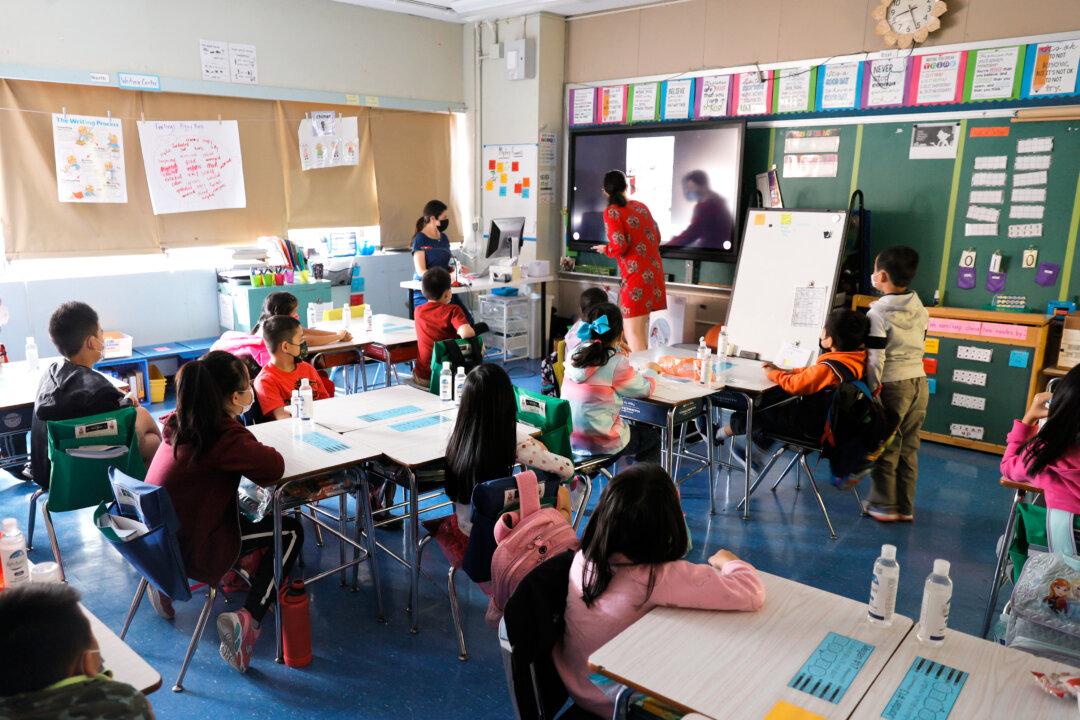Fourth and eighth grade students’ math and reading scores showed no improvements across any U.S. states between 2019 and 2022, with the majority seeing a decline in scores, according to a new report published on Oct. 24.
The National Assessment of Educational Progress (NAEP) report found that the average math score among fourth graders in 2022 was 236 out of 500, a decrease of 5 points compared to the 2019 average of 241. The 2019 scores were taken prior to the COVID-19 pandemic and subsequent surge in remote learning, and the 2022 scores were lower than all previous assessment years dating back to 2005.





